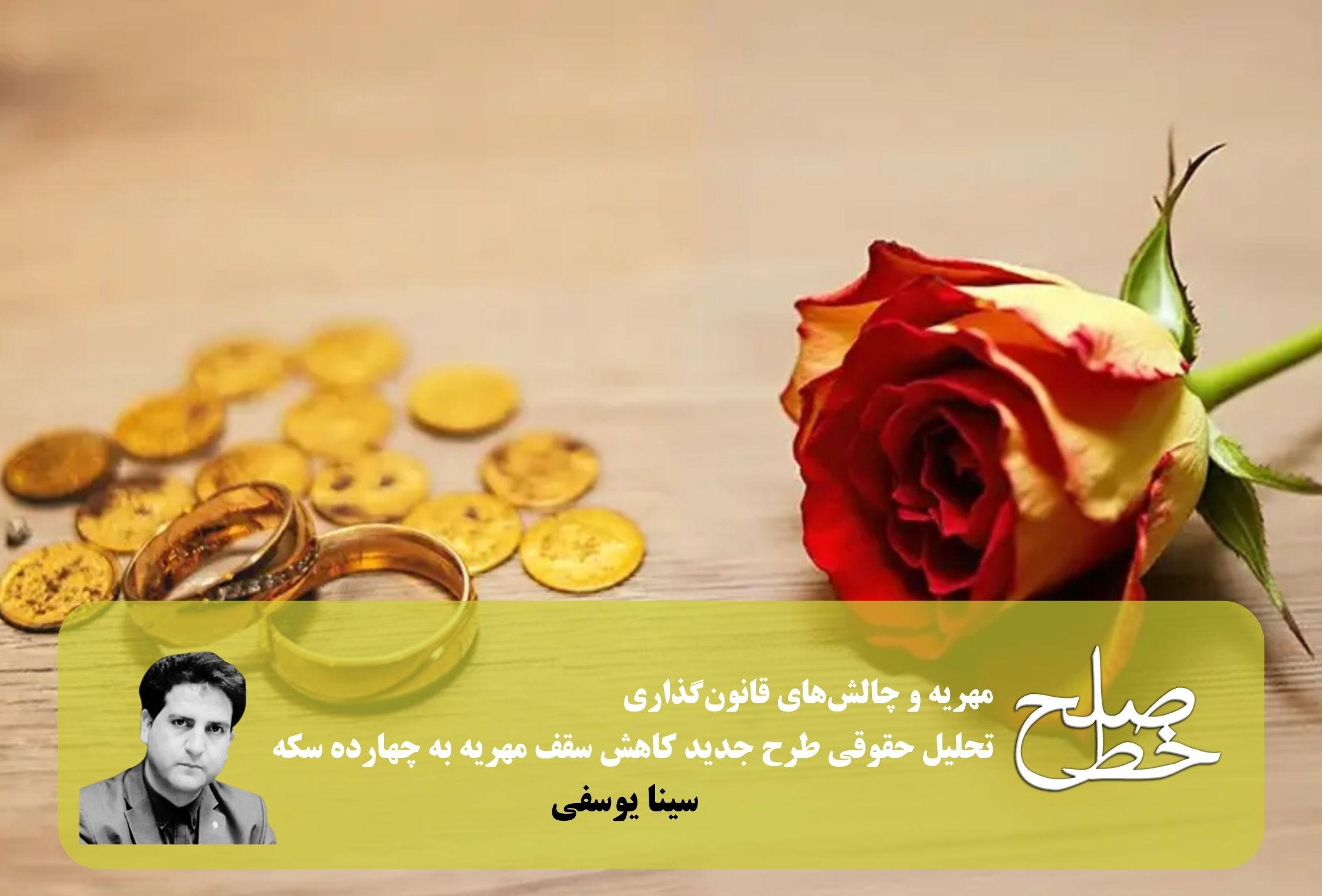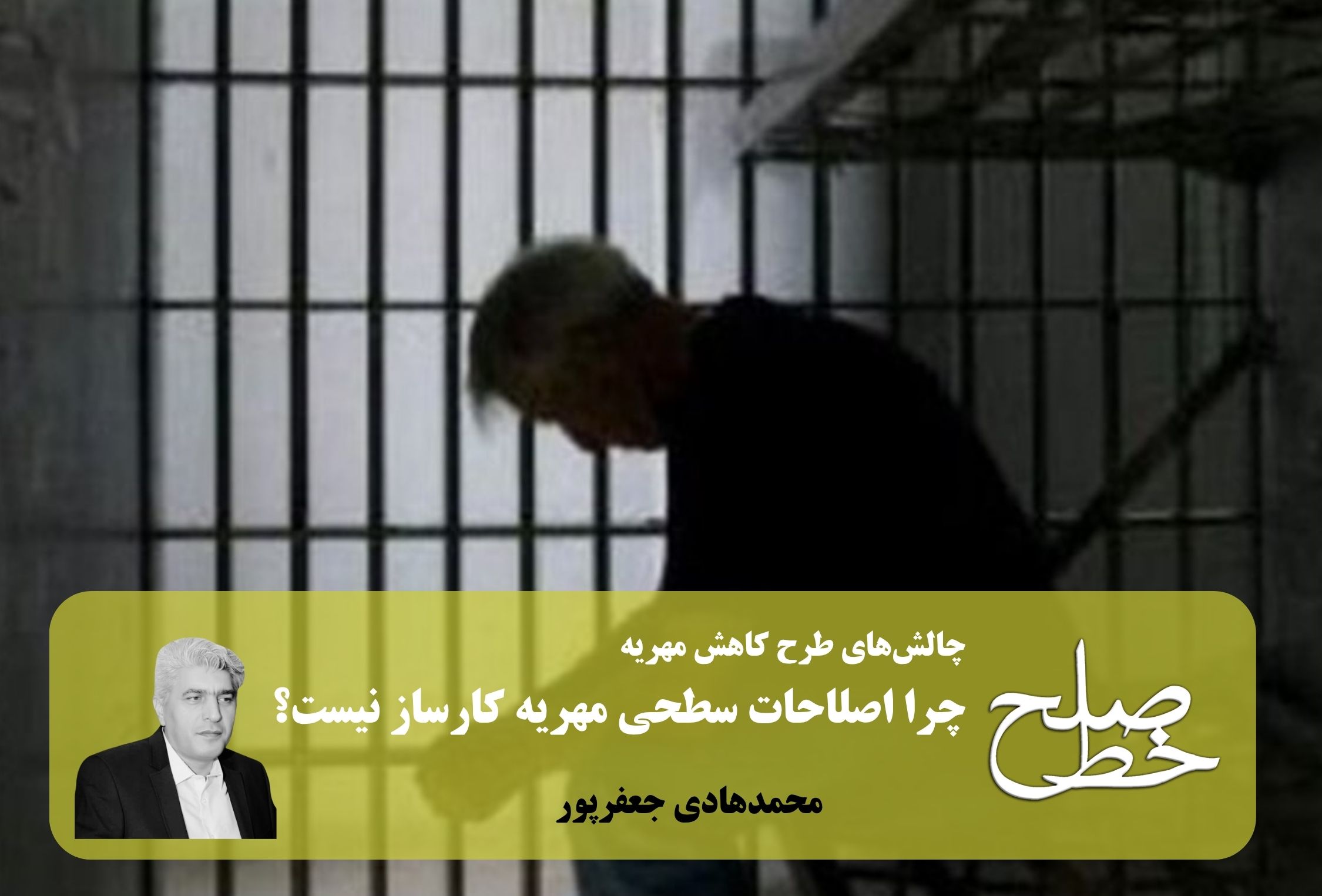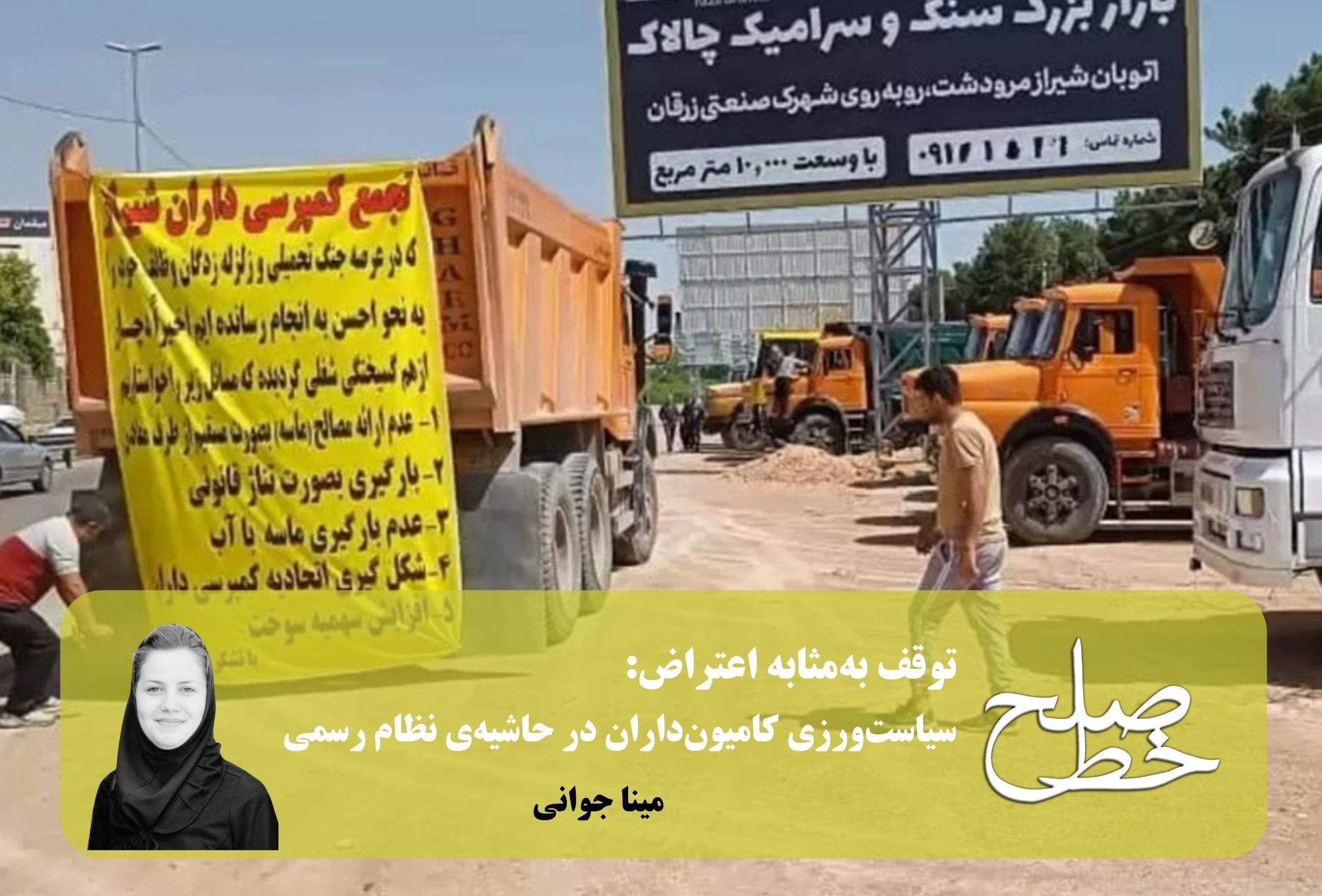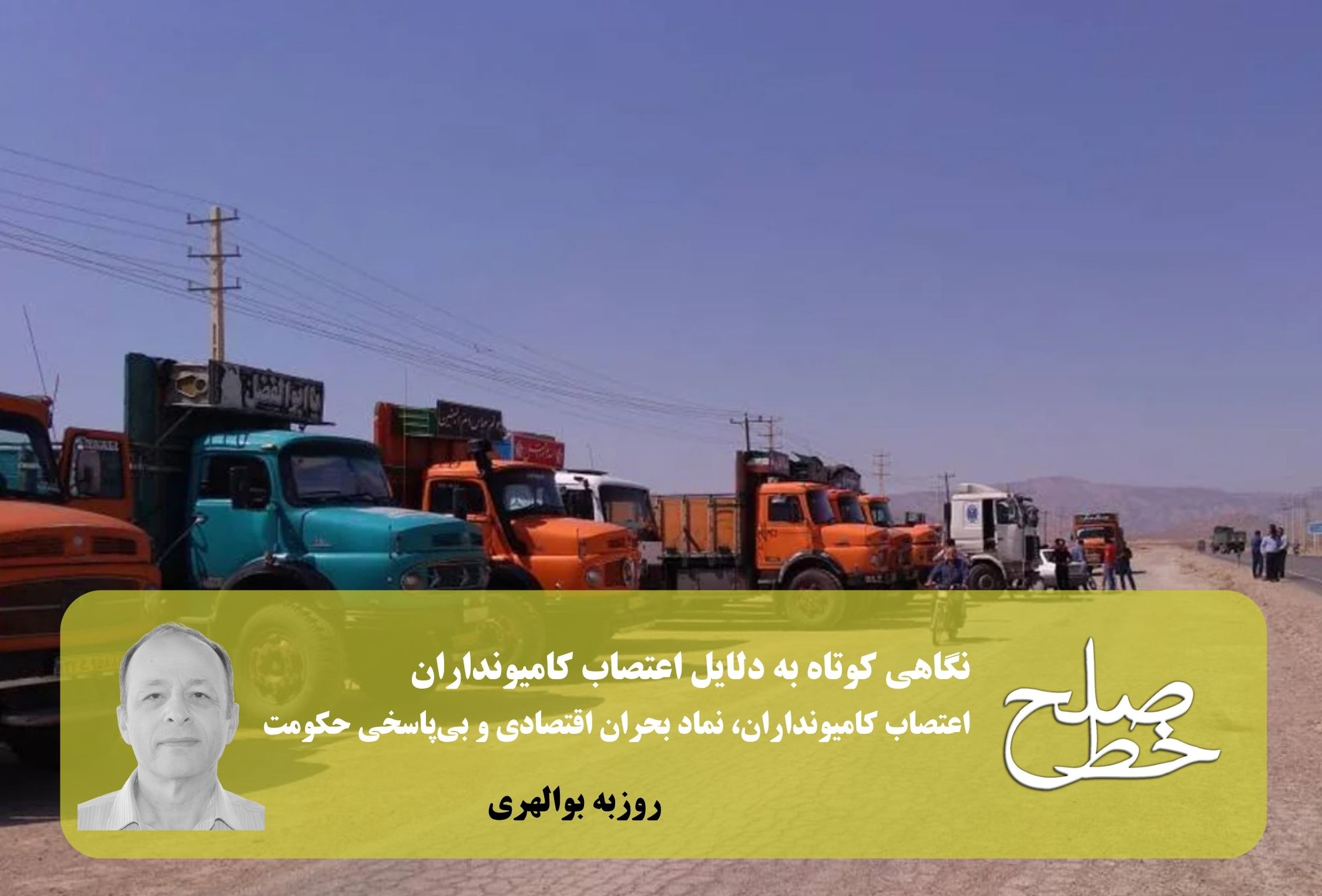ماهنامه خط صلح
 Created By:
Mousa Barzin
Created By:
Mousa Barzin  Created By:
Sina Yousefi
Created By:
Sina Yousefi  Created By:
Mohammad Hadi Jafarpour
Created By:
Mohammad Hadi Jafarpour  Created By:
Mahtab Alinezhad
Created By:
Mahtab Alinezhad  Created By:
Morteza Hamounian
Created By:
Morteza Hamounian  Created By:
Elahe Amani
Created By:
Elahe Amani  Created By:
Mina Javani
Created By:
Mina Javani  Created By:
Roozbeh Bolhari
Created By:
Roozbeh Bolhari  Created By:
Mehrdad Naghibi
Created By:
Mehrdad Naghibi  Created By:
Oveis Balouchi
Created By:
Oveis Balouchi  Created By:
Jamshid Azizi
Created By:
Jamshid Azizi  Created By:
Padram Tahsini
Created By:
Padram Tahsini 











